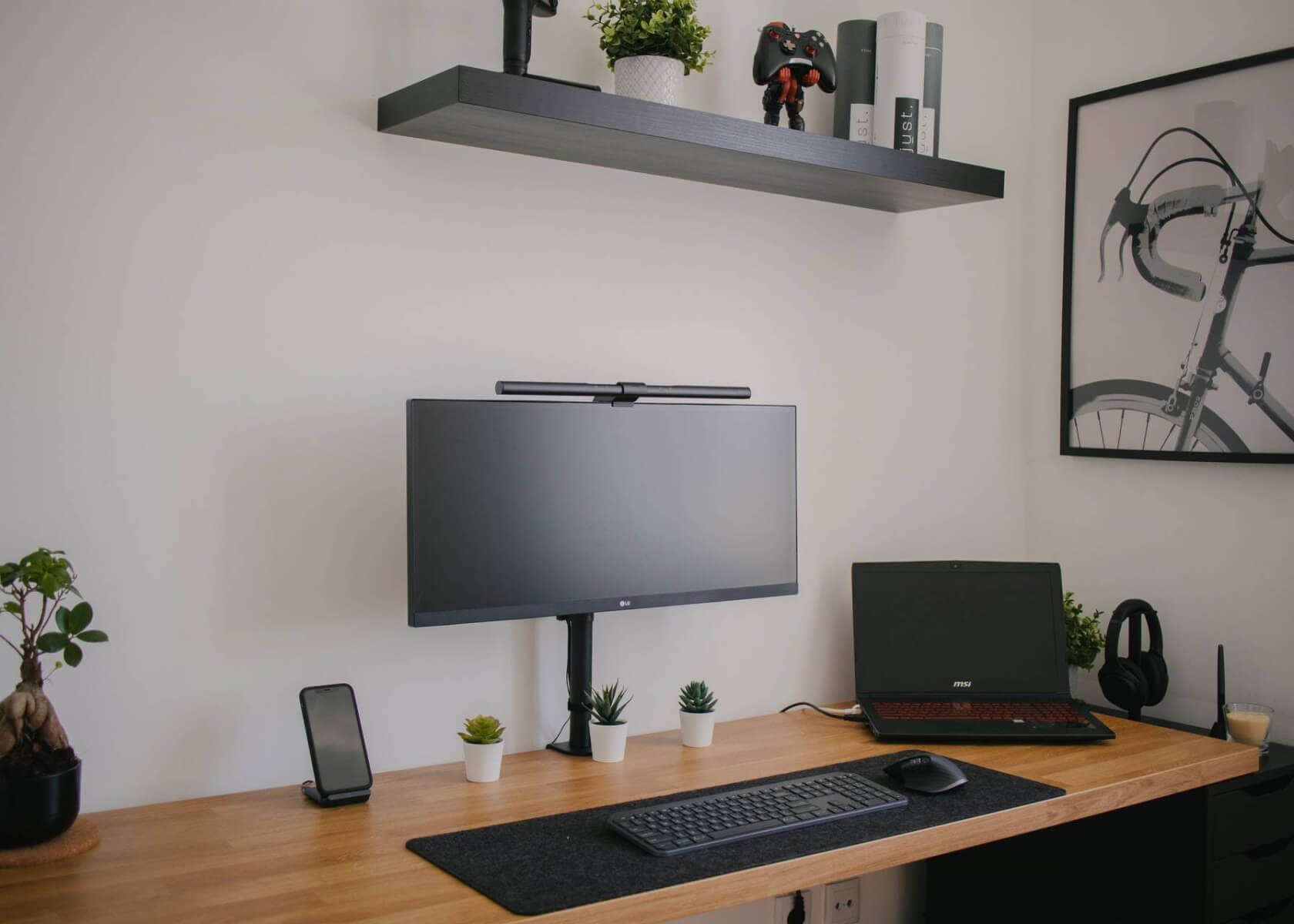Designing a Workout Schedule Template in Notion: Plan and Track Fitness Routines, Exercises, and Progress

New to Notion?
How to Design a Workout Schedule Template in Notion
Notion is a highly versatile tool that can help you design custom templates and organize every aspect of your life. One area where Notion truly excels is in planning and tracking your fitness routines, exercises, and progress. In this guide, we’ll walk you through creating a Workout Schedule template in Notion that not only organizes your workouts but also allows you to monitor progress effectively using the latest Notion features.
Step 1: Set Up Your Workspace
Before you start designing your Workout Schedule, create a dedicated workspace (or page) for your fitness-related activities. This workspace will serve as the foundation for your entire fitness tracker.
- Create a new page in Notion and name it Fitness (or choose a name that inspires you).
- Customize the page by adding a cover image or multimedia that motivates you.
- Consider using Notion’s enhanced inline databases, linked views, or synced blocks to ensure that your template grows along with your fitness journey.
For inspiration or a ready-made setup, check out this Workspace template.
Step 2: Design the Schedule
With your workspace ready, it’s time to design the Workout Schedule. The goal is to set up a structure that lets you quickly plan and review your workouts.
- Create a new page within your Fitness workspace and title it Workout Schedule.
- Use the column layout to divide the page into two sections: one for navigation and one for workout details.
- In the left column, add a Table of Contents block that lists the days of the week.
- In the right column, insert a toggle list to represent each day (for example, one toggle for Monday, one for Tuesday, etc.). This design allows you to collapse or expand details for each day conveniently.
Step 3: Plan Your Workout Routine
Plan out your workouts for each day of the week. You can either create an individual toggle for each day or design a reusable template that you duplicate across the week.
- Within each day’s toggle list, create a table using the Table block.
- Set up columns for fields such as Exercise, Sets, Reps, and Notes. With Notion’s updated database features, consider adding a Select property for intensity or a Formula property to compute totals.
- Populate the table with specific exercises, the number of sets and reps, and any additional instructions or details.
Step 4: Track Your Progress
Enhance your template by adding a section to track your progress over time. Monitoring your performance helps you adjust your training routines and stay motivated.
- Create a new page in your Fitness workspace and title it Progress Tracker.
- Divide this page into two columns to incorporate navigation and detailed tracking side by side.
- In the left column, add a Table of Contents block listing the exercises you want to monitor (for example, bench press, squats, lunges, etc.).
- In the right column, add a toggle list for each exercise.
- Inside every toggle, insert a table with columns such as Date, Weight, Reps, and Notes.
- Regularly update the table with your workout data—recording weights, repetitions, and notes. You might also explore filters, calendar views, or even Kanban boards to quickly access and visualize your most recent entries.
Step 5: Additional Customizations and Tips
To make the most of your Workout Schedule template, consider these extra customizations and best practices:
- Add a checkbox at the end of each exercise entry to mark off completed routines.
- Incorporate other blocks like images, videos, or embedded documents for exercise demonstrations.
- Use Notion's Relation property to connect your workout tracker with other databases such as a nutrition log or fitness goals.
- Experiment with different views—like Calendar and Board views—to get a visual overview of your training schedule.
- Include a section at the end of each day’s workout for reflections, noting how you felt or any adjustments needed for future sessions.
Conclusion
Designing a Workout Schedule template in Notion can streamline your fitness journey by providing a structured way to plan scenarios and monitor progress. By following the steps outlined above, you’ll create a comprehensive and customizable template that adapts to your evolving fitness needs. Remember to regularly update your template and experiment with Notion’s new features, such as synced blocks and advanced database views, to keep your fitness planning both fun and effective. For further inspiration, check out this Workouts template and enjoy the benefits of having a personal fitness assistant right within Notion.


